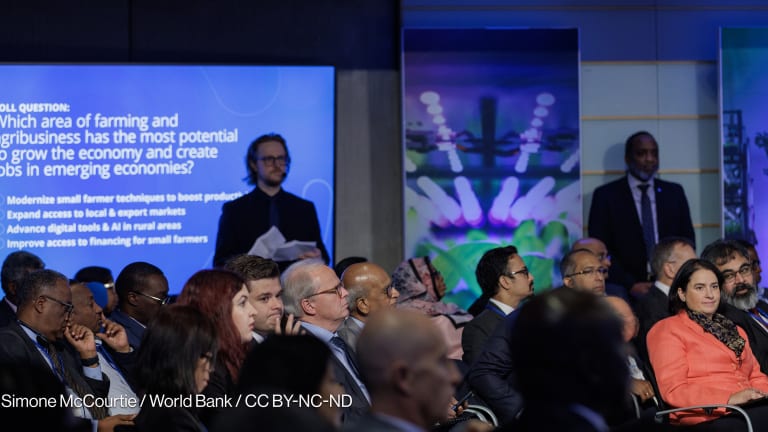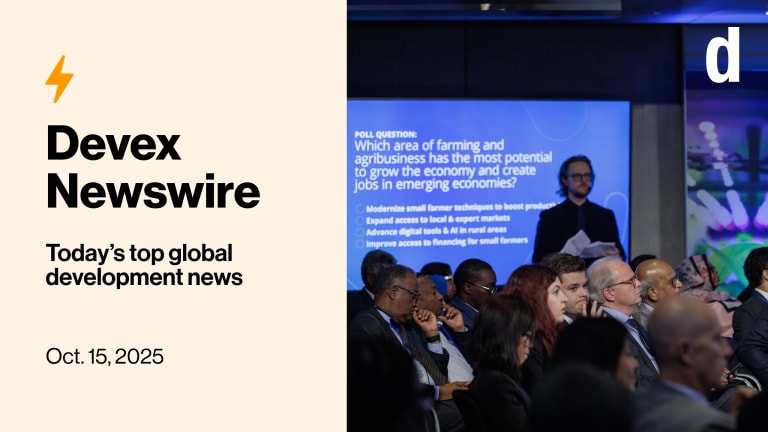Public market in Asuncion, Paraguay. The World Bank intends to support smallholder farmers by helping them increase productivity while easing the burden of farmer-to-market transportation. Photo by: Leandro Neumann Ciuffo / CC BY
Paraguay has made significant progress in raising its standard of living over the past decade. Among its most notable social reforms are granting free access to primary health care and basic education, and broadening its cash transfer programs to cover the most vulnerable members of its population.
In terms of economic development, the lower-middle-income country has yet to achieve sustained growth; the Paraguayan economy remains highly dependent on agriculture and foreign trade. World Bank data show erratic fluctuations in the expansion of its gross domestic product — dipping 1.2 percent in 2012 due to severe drought and an outbreak of foot-and-mouth disease, spiking to 14.2 percent in 2013 and again dropping to a projected 4 percent in 2014. The bank notes that poverty is still a major challenge, affecting 1 out of 4 Paraguayans, while extreme poverty affects 1 in every 10.
This story is forDevex Promembers
Unlock this story now with a 15-day free trial of Devex Pro.
With a Devex Pro subscription you'll get access to deeper analysis and exclusive insights from our reporters and analysts.
Start my free trialRequest a group subscription







